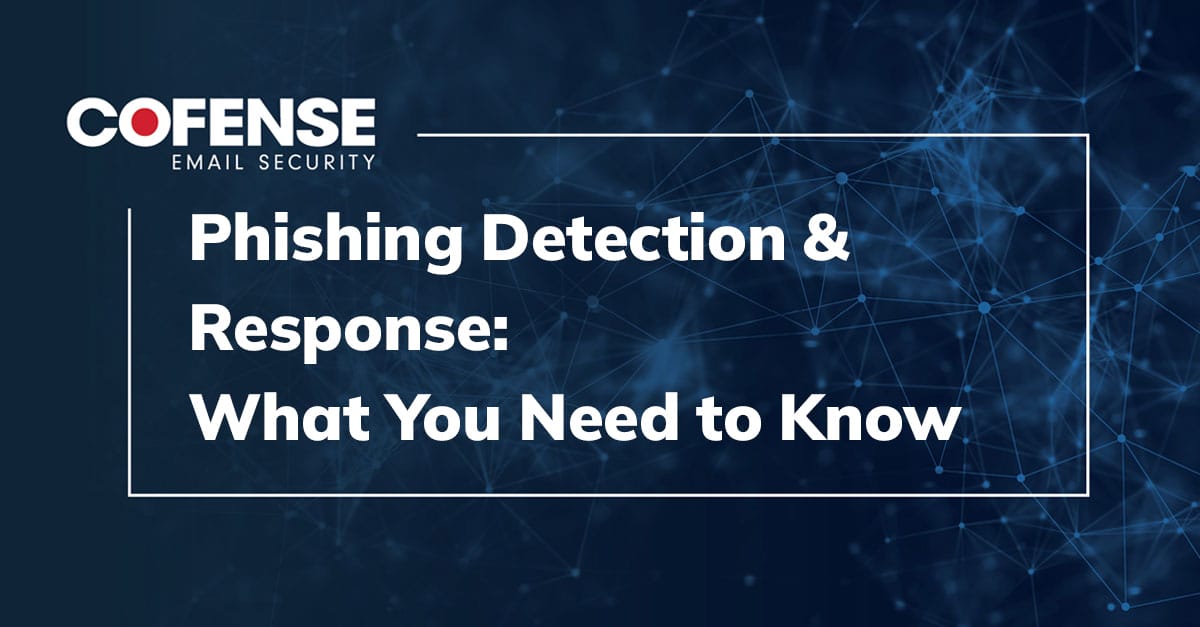By Alan Rainer
Recently, ransomware has given off the appearance of widespread destruction and rampant use. 2019 alone has seen headlines such as “Florida City Agrees to Pay Hackers $600,000” and “Baltimore City Operations Impaired by Cyber Criminals.” Yet, despite the resurgence of large-impact headlines, phishing campaigns have delivered less ransomware overall since 2016, per Cofense analytics. The decline in Ransomware-as-a-Service (RaaS) operations demonstrates an impact on threat actor ransomware activity. Attackers find that emerging protection technology, improved law enforcement tracking of cryptocurrency payments, systems patching, and costly infrastructure upkeep all pose a deterrent to broad-spectrum targeting.
Ransomware Is Down Holistically, But Targeted Infections Are Up
Threat actors find that targeted ransomware attacks against high-value victims can be accomplished with greater efficiency, enabled by other malware families such as Emotet/Geodo. These secondary malware families provide an effective attack vector that increases the success of phishing attempts and targeted ransomware campaigns. Emotet—an email-borne Trojan which actors use to install other nefarious tools—has gone offline with no activity since June 2019. If the Trojan were to resurface, we assess that threat actors could rather easily carry out more email ransomware attacks on a broader scope. Without the efficiency provided by Emotet or even a Ransomware-as-a-Service such as GandCrab (which has supposedly shut down permanently), targeted infections continue to be the more lucrative option for ransomware operators.
Recent headlines have drawn attention to exceptionally costly targeted ransomware attacks against local US governments, healthcare services, and the transportation sector. Also spurring great debate: cyber insurance companies are recommending payment of ransom and are directly contributing to those payments as part of their insurance coverage. Taking this into account— along with the hefty price tags associated with the recovery costs of cities who have not elected to pay the ransom, such as Atlanta and Baltimore—Cofense Intelligence™ assesses this could lead to an uptick in ransom payments and further embolden an increase in targeted ransomware campaigns.
Only last week, the cyber insurer of La Porte County in Indiana contributed $100,000 toward an equivalent of $130,000-valued Bitcoin demand. The firm advised La Porte County to pay the threat actors, who infected local networks using the Ryuk ransomware. Similar stories have emerged across the United States. What remains to be seen is how effective recovery is following payment. Often, decryption is not as immediate or successful as ransomware operators would have their victims believe.
Will Cyber Insurance Create New Targets?
It makes sense that organizations seek indemnity to protect their financial portfolios. But while everyday scams or fraud occur in a traditional insurance setting, cyber criminals may look to specifically target insured organizations for a guaranteed return in the future. Cyber insurance companies known to pay out ransom could present a surefire target for actors.
Regardless of targeting potential, all organizations should engage in appropriate planning and preparation with defense technology and user awareness. Threat intelligence will help to ensure that your organization’s defense is as proactive as possible. Educating and enabling your users to identify and report phishing messages ensures preparedness at every line of defense. As an industry leader in phishing defense solutions, CofenseTM provides security professionals with tools and skills to combat email-borne threats, so that you can defend against even those threats that bypass your perimeter technologies and reach user inboxes. Only by stepping up our collective defense will we reduce the efficacy and proliferation of ransomware campaigns for good.
More Ways Cofense Can Help
Cofense IntelligenceTM processes and analyzes millions of emails and malware samples each day, providing a view of emerging phishing and malware threats.
The Cofense Phishing Defense CenterTM identifies active phishing attacks in enterprise environments. Learn how our dedicated experts provide actionable intelligence to stop phishing threats.
Condition end users to be resilient to ransomware and other attacks with Cofense PhishMeTM. It includes a variety of ransomware templates to help users recognize the threat. Empower users to report phishing emails with one click using Cofense ReporterTM.
Quickly turn user reported emails into actionable intelligence with Cofense TriageTM. Reduce exposure time by rapidly quarantining threats with Cofense VisionTM.
Attackers do their research. Every SaaS platform you use is an opportunity for attackers to exploit it. Understand what SaaS applications are configured for your domains—do YOUR research with Cofense CloudSeeker.
Thanks to our unique perspective, no one knows more about current REAL phishing threats than Cofense. To raise your understanding, read the 2019 Phishing Threat & Malware Review.
All third-party trademarks referenced by Cofense whether in logo form, name form or product form, or otherwise, remain the property of their respective holders, and use of these trademarks in no way indicates any relationship between Cofense and the holders of the trademarks.


